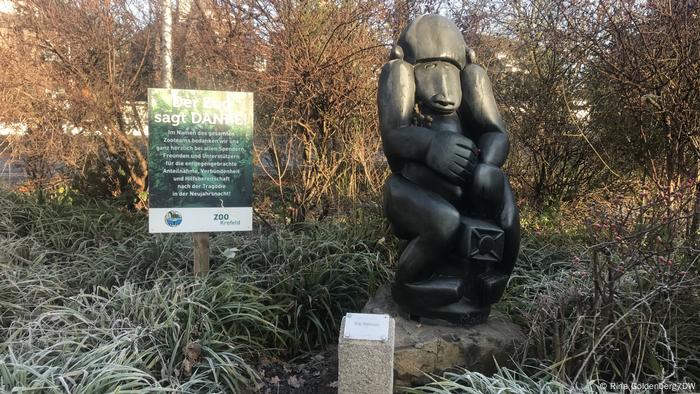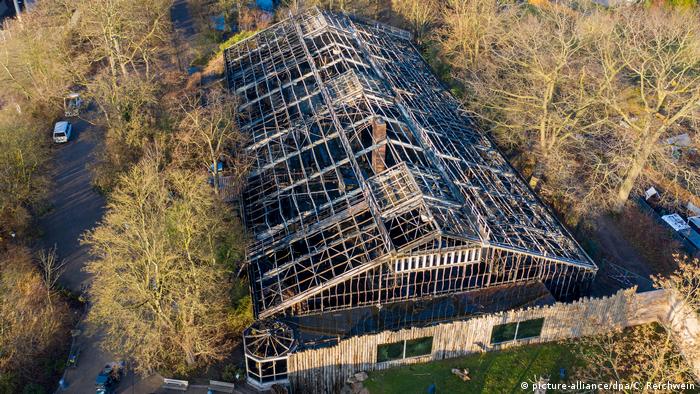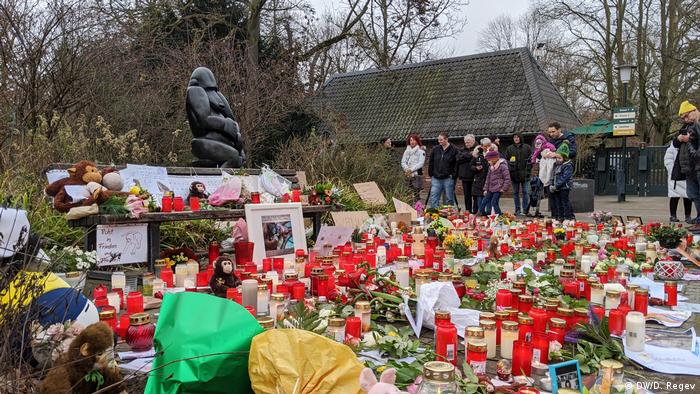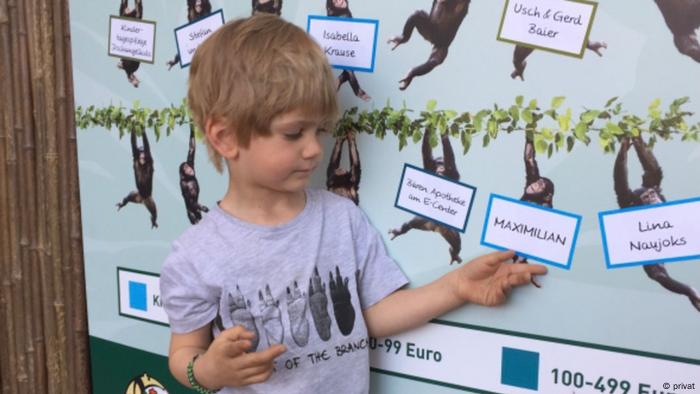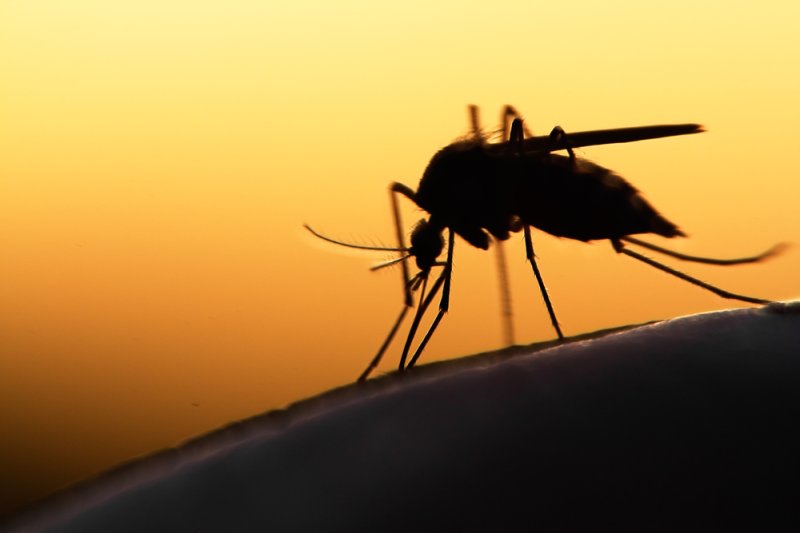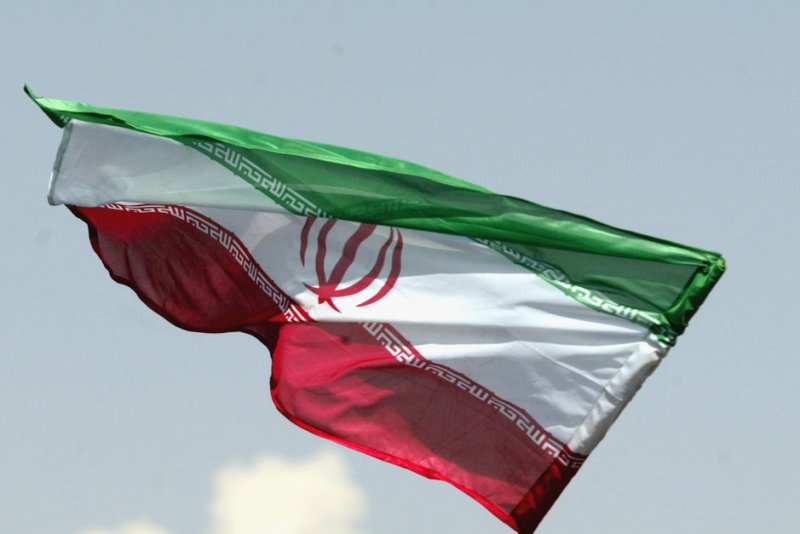Is there life beyond Earth? Indonesian astronomers are hoping to find the answer through a new exoplanet search program at Mount Timau National Observatory in Kupang, Timor.
REYKJAVIK - While New Year's Eve fireworks are hardly rare, Icelanders take the tradition to breathtaking heights, firing the dazzling incendiary devices from back gardens, streets, hilltops or city parks across their Nordic island.
Each year the nation's 365,000 inhabitants buy around 600 tonnes of fireworks, more than a kilo and a half per person, according to Statistics Iceland.
The bulk of the devices go up on New Year's Eve, turning the sky above the subarctic island into a glittering canopy from the capital Reykjavik to the smallest village.
"We sort of burn away the past year and make way for the new one, which I think we'll be very happy to do this year," said Dagrun Osk Jonsdottir, a doctoral student and expert on Icelandic folklore.
The tradition, dating to the early 20th century, is rooted in the Nordic bonfire, a much older custom that is banned this year anyway because of the pandemic.
Once too expensive for most Icelanders, fireworks became more accessible to the general public thanks to a fund-raising campaign launched in 1968 by the volunteer Icelandic Association for Search and Rescue (ICE-SAR).
While many of the fireworks are fired from private gardens, the New Year's Eve displays follow a common timetable.
A first-round, lasting around an hour and a half, begins around 8pm after the prime minister's year-end speech.The sky goes dark and quiet for the next hour as just about every breathing person in Iceland -- a record 99.7 percent of the population in 2019 -- turns on the TV for "Aramotaskaup".
Warmed and amused by the show, Icelanders venture back out into the cold to set off their fireworks extravaganza in earnest.
As with many traditions elsewhere, Icelanders' fireworks excesses have recently come under scrutiny.
In 2018, unfavourable weather combined with the fireworks to pollute Reykjavik's usually pure air with microparticles, reaching levels associated with megacities like Beijing or New Delhi.
The government is considering cutting the fireworks purchasing window to three days from the current 10.

